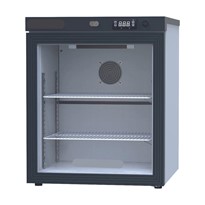Check the Data Logger:
Check the data logger to be sure it is giving accurate reports. If the unit is battery powered, replace them with fresh batteries.
Thermometers and Temperature devices
If your thermometer is powered with batteries, replace them with fresh batteries. Check to be sure the devices calibration certificate has not expired.
Check the Battery Backup
If your facility has a battery backup for your vaccine fridge, a function check should be part of your vaccine refrigerator maintenance. The battery backup system should be tested weekly, monthly and annually. Be sure the unit’s batteries are not past their expiration date. (Check the manufacturer’s user guide for testing procedures and maintenance procedures of the battery backup system).
Door Seal Check:
The refrigerator or freezer door seal should be regularly checked for signs of wear. The seal should not have any tears or cracks as a result of getting old and brittle. When the door is closed there should be no gaps between the seal and the refrigerator body. If your door seal needs to be replaced, you will need to get in contact with your appliance repair technician and/or call the manufacturer for the seal’s replacement part number.
Coil Cleaning:
Clean the dust and any residue from the unit’s coils and motor. Dust buildup will eventually affect the heat transfer from the coils and will cause the unit to work inefficiently. The vaccine refrigerator’s coils are usually located in the rear of the appliance.
Door Hardware and Hinge check:
Check your vaccine refrigerators door hinges during the maintenance check. If needed, make the necessary adjustments so that it opens and closes smoothly. Be sure the door seats squarely against the body of the unit. You may also check that the door does not have any tendency to drift open.
Note: Always be sure that the unit is powered off and unplugged while working around the units compressor and any moving components, and components that get supplied power.
Fan and Motor Clean and Check:
Make sure all cooling fans both inside and outside of the appliance move freely and clear of all dust. Clean dust off the fan blades are and housing with a damp cloth. Be sure the compressor/motor is clear of all residue. Check to ensure that all insulated copper tubing is intact and not falling off.
Inner Cabinet Cleaning:
Clean the unit's inner cabinet and shelving to disinfect any bacteria growth. If the vaccines are still inside, do not clean the inner cabinet for an extended period of time and risk the temperature of the refrigerator going out of range. Clean with a disinfectant such as Lysol.
Clean/Replace Cabinet Filters:
If the refrigerator or freezer you have has cabinet filters you will need to remove them and clean them. If they are too filthy to continue to be cleaned, or if they are not washable, they will need to be replaced.
Check Power Cord and Electrical Connections:
Check the plug of the appliance, make sure it is not broken, twisted up, melted or burnt looking. Be sure the units power cord and all other electrical connections are not worn out, Make sure all wires are secure and have no insulation stripped with exposed conductors showing.
For Freezers - Defrost if the inside is frosted:
If any frost buildup is more than 2/8 inch think you will need to follow the manufacturers defrost instructions. While you are defrosting, you will need to move the vaccines to another unit that is also set to the proper temperatures.
Check the units door Alarm:
While the vaccines have been temporally transported to another appliance, leave the unit’s door open to ensure the door alarm activates and is in working condition.



-160x160-state_article-rel-cat.png)



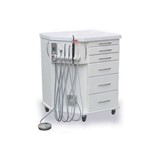




-160x160-state_article-rel-cat.png)





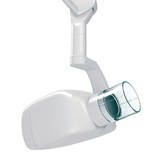
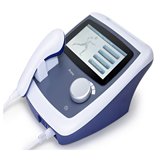
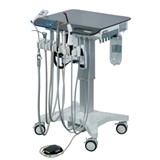





-205x205.jpg)




-205x205.jpg)




